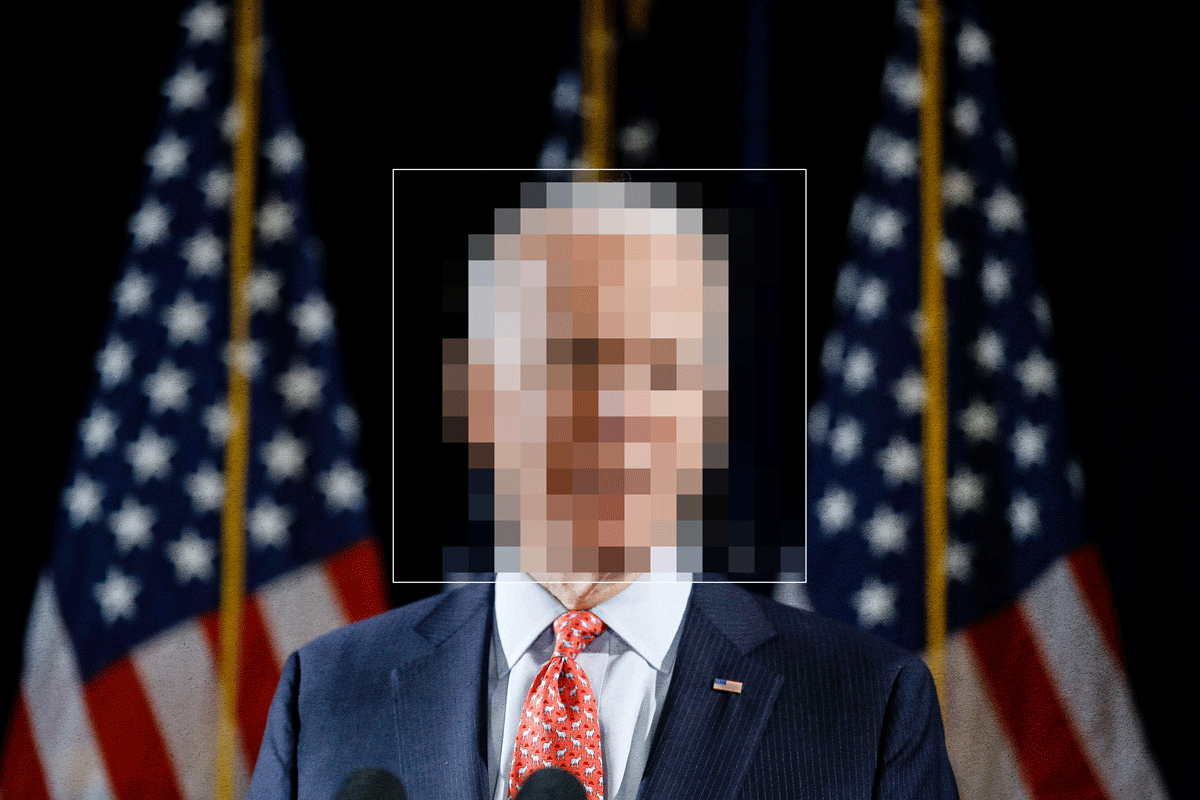Issue of Serra Stamp Stirs Crowd of Collectors
- Share via
Most people only think about the appearance of a new postal stamp when the postal rates go up.
But to the hundreds of people who visited the opening Thursday of a stamp show--or rather, the 99th Annual Convention of the American Philatelic Society--the introduction of an airmail stamp honoring Spanish missionary Junipero Serra had the urgency of an historic event.
The crowd at the San Diego Convention and Performing Arts Center spilled out the doors during the opening ceremony, where U.S. Postmaster General Paul Carlin unveiled the stamp to kick off the convention. Carlin, a San Diego native, announced that it made him “feel a tingle” to return to his hometown and stand in front of a backdrop representing the San Diego mission Serra built in 1769.
The stamp’s issue was signed, sealed and delivered after a commemorative bugle call by Eugene Cianflone, a retired letter carrier and self-described “postal legend.” Then the crowd fanned out to put together their souvenirs of the day. Some collectors made three stops to gather the specially designed envelope, Serra stamp and cancellation that comprised a memorial package. Others steamed ahead to get their souvenir programs autographed by Carlin and other dignitaries, then moved on to the main showroom.
One of the six armed guards at the event said the initial press of people caused the only security risk of the day for the stamp collections inside, which convention organizers valued at more than $4 million. “When they cut that ribbon, (the crowd) all came running in here like turtles,” said Ray Roswold, adding that it was all he and another guard could do to check that all visitors had paid their $2 registration fee.
The stamps’ mass appeal was mysterious even to the postmaster general’s nephew, Tom Tuchscher. “I don’t know what people see in them,” he said, but he ventured a guess. “It takes a lot of attention to fine detail. You notice a lot of people here wearing thick glasses.”
Organizers said about 1,000 people had attended the show by the end of the day, but after the Serra stamp mania wound down, the pace slowed. Serious collectors moved in, many sporting plaid jackets or slacks as colorful as the stamps. They carried attache cases stuffed with catalogues and albums as they eyed potential purchases, looking for a bit of history in each small piece of perforated paper.
For James Furman, associate pastor at St. Andrew’s Episcopal Church in La Mesa, history was hidden in the stamps of the Baltic states issued before the territory became part of the Soviet Union after World War II. “They’re countries that have vanished,” he said. “The stamps are like a whole ray of tiny windows, or periscopes, that let you look upon the world.”
Reland Brumfield of San Diego, a hobbyist for 30 years, was drawn to an exhibit of two rare U.S. airmail stamps from 1918, in which the airplane illustrations were printed upside down. The stamps are valued at about $110,000 each.
“You’ve always got a blank page for the stamps that you can’t get in your collection,” he said. “That’s one of them.”
Many collectors had simpler needs. Marion Mitchell wanted windmills. She said people in her Windmill Study Unit, an international organization of windmill enthusiasts, collect windmills on stamps and anywhere else they can find them. “Some of the windmills, you have to use a magnifying glass to see,” she said. “But if it’s there, by God, we buy it.”
Karen Fraser, 26, a computer programmer from Del Mar, searched for stamps from the tiny country of San Marino because, “They just have pretty stamps.” Fraser said she had been hooked since she was a child, when she saw a stamp album display in a drugstore. She has spent between three cents and $150 on a stamp.
Collectors of stamp-related items were no less zealous. Elten Schiller, senior vice president of the San Diego Padres, was looking for additions to his collection of commemorative baseball envelopes.
G.A. Santangelo, a literature professor at San Diego State University, said he only collected “disaster mail”--mail whose delivery was interrupted by plane, train or postal truck crashes. “Some of them show the burn marks,” he confided. “The ultimate is the crash of the Hindenburg.”
For stamp historians, the richest reading was on the walls of the show’s “World Series” exhibit, in which 30 award-winning collections are competing for a Grand Award to be presented Saturday night. Visitors who were so inclined could trace Virginia’s secession from the Union and entry into the Confederacy in 1861 by viewing A.L. Tobias’ collection of stamps, cancellations and envelopes from Petersburg, Va. Another exhibit of Confederate postage explained, “Lincoln wanted to ‘Preserve the Union’ and ‘Free the Slaves.’ ”
While collectors waxed historical, dealers said they enjoyed investing in stamps instead of stocks. Bob Feldman of Tarrytown, N.Y., whose blue banner proclaims “We buy anything,” said he once bought the entire contents of the Ogdensburg, N.J., post office.
Marvin Shinkman of Van Nuys said he hadn’t given up his memories of collecting when he gave up the hobby to become a dealer. “The first thing I remember about stamps was a stamp that had a purple giraffe--the wonder of something with a purple giraffe.”
Most stamp enthusiasts cheerfully admitted that friends consider their pursuit trivial, if not ridiculous. “When you realize this business consists of buying pieces of paper and keeping them in books, you’ve got to keep a sense of humor,” Shinkman said.
The show and convention continue through Sunday.
More to Read
Sign up for Essential California
The most important California stories and recommendations in your inbox every morning.
You may occasionally receive promotional content from the Los Angeles Times.













